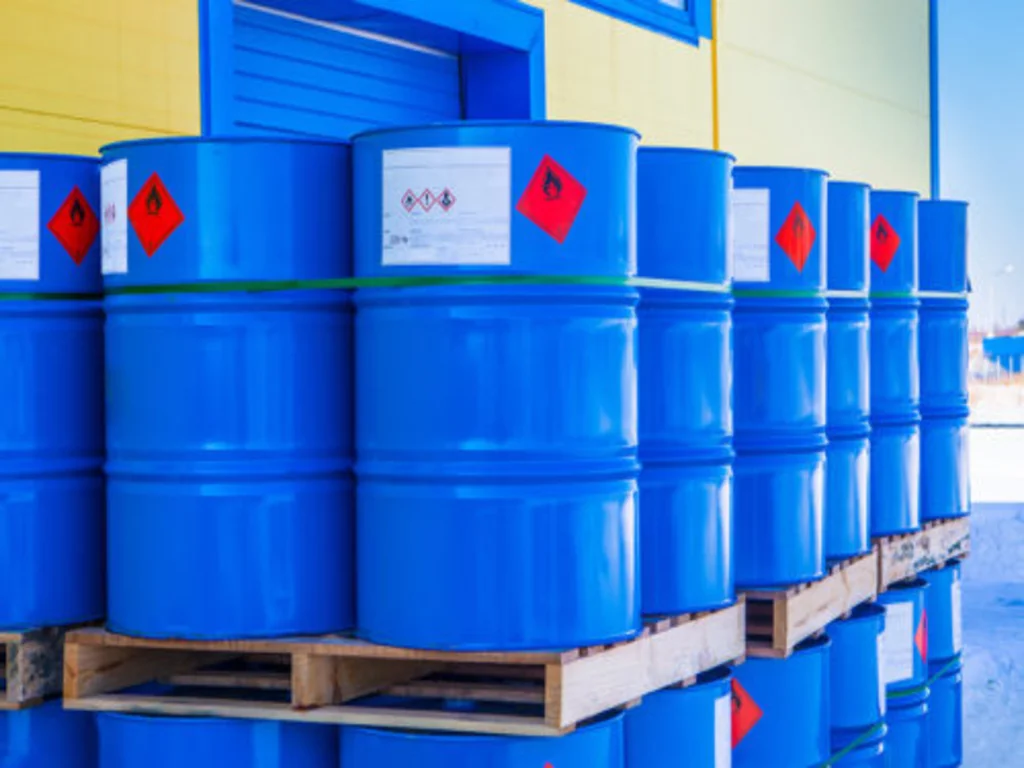News Details

Japan Plans to Ban PFOA and PFOA-related Compounds
In a significant step to protect the environment and public health, Japan's Ministry of Health, Labour and Welfare (MHLW), Ministry of Economy, Trade and Industry (METI), and Ministry of Environment (MOE) have jointly initiated a consultation on the designation of certain perfluorooctanoic acid (PFOA) isomers, their salts, and PFOA-related compounds as Class I Specified Chemical Substances under the Chemical Substance Control Law (CSCL).
The proposed ban, if enacted, would affect the manufacture, import, and use of these substances throughout Japan. The consultation period commenced on 1 February 2024 and is set to conclude on 1 March 2024.
Details of the proposed ban and classification framework
Under the CSCL framework, chemicals are classified on the basis of their persistence, bioaccumulation, and toxicity upon continued exposure to the environment. The substances targeted in this proposal have been identified as exhibiting characteristics of being persistent, highly bioaccumulative, or toxic to humans over the long term.
Prohibited and exempted substances
Specifically, the proposal seeks to designate the following substances as Class I Specified Chemical Substances:
- Perfluoroalkane acid with a branched structure and eight carbon atoms and its salts.
- PFOA-related compounds including perfluorooctyl iodide, 8:2 fluorotelomer alcohol, and compounds with the pentadecafluoroalkyl group bonded directly to the carbon atom, resulting from natural chemical reactions with PFOA or perfluoroalkane acid with a branched structure and eight carbon atoms.
Highlights of the ban on specific products containing PFOA and PFOA-related compounds are summarized in table below:
|
Substance |
Products prohibited from import |
|
PFOA isomers and their salts |
|
|
PFOA-related substances:
(and other PFOA-related substances specified by the authorities) |
|
Notably, the proposal includes exemptions for two essential uses of PFOA:
- Perfluorooctyl iodide (PFOI) intended for the production of perfluorooctyl bromide (PFOB) for pharmaceutical products.
- 8:2 fluorotelomer alcohol (8:2 FTOH) for the manufacture of invasive and implantable medical devices.
International alignment
Japan’s approach to regulation PFOA will be in line with international limits on PFOA under the UN's Stockholm Convention on Persistent Organic Pollutants (POPs).
We acknowledge that the above information has been compiled from Japan's Ministry of Health, Labour and Welfare (MHLW).


